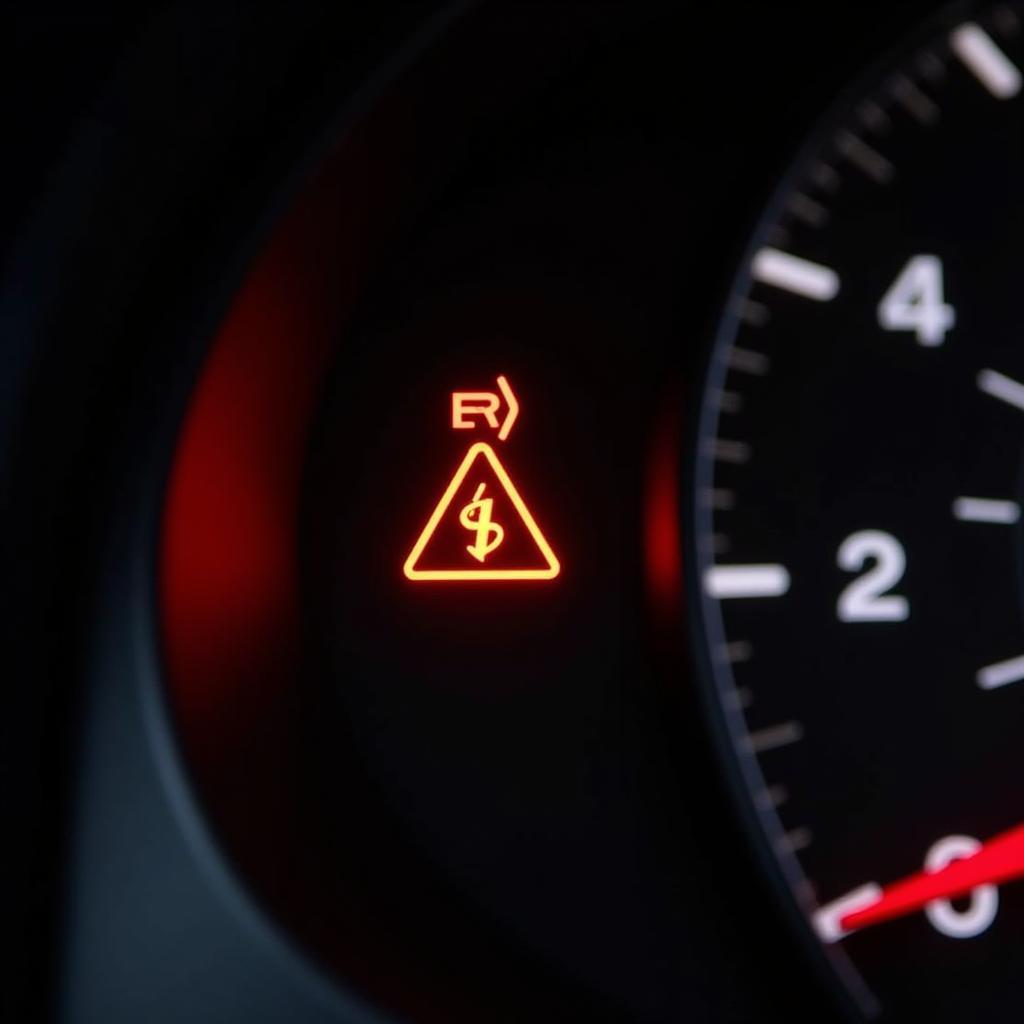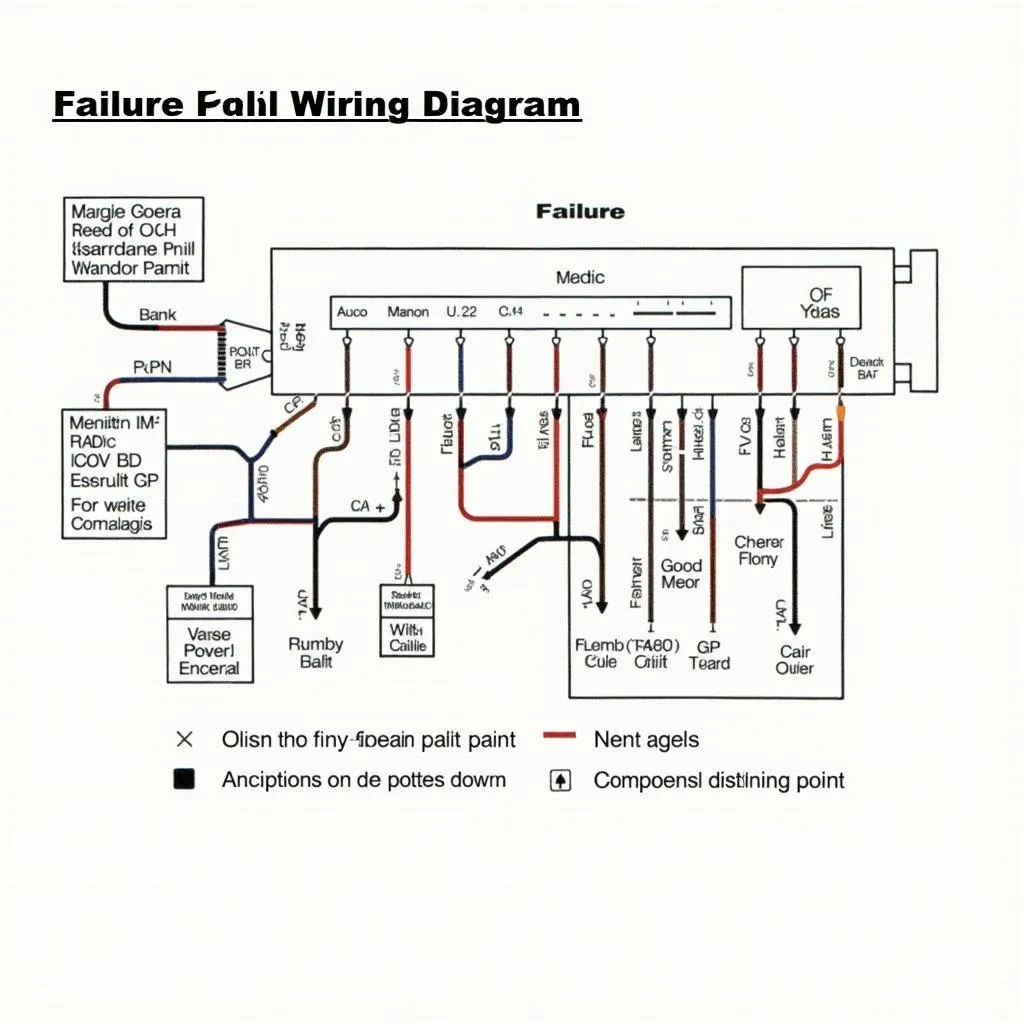The 2018 Hyundai Kona is a popular subcompact SUV known for its stylish design and fuel efficiency. However, like any vehicle, it can experience occasional issues. One common concern for Kona owners is the illumination of the brake warning light. This article provides a comprehensive guide to understanding and resolving the causes of a 2018 Kona brake warning light.
Understanding the Brake Warning Light
The brake warning light on your 2018 Kona can illuminate for several reasons, ranging from simple issues like a low brake fluid level to more complex problems like a malfunctioning ABS system. Ignoring this warning light can lead to significant safety risks and potentially costly repairs. It’s crucial to address the issue promptly to ensure your safety and the proper functioning of your vehicle.
Common Causes of a 2018 Kona Brake Warning Light
Several factors can trigger the brake warning light in your 2018 Kona. Here are some of the most common culprits:
- Low Brake Fluid: This is the most frequent cause. Brake fluid is essential for proper brake function, and a low level can indicate a leak or worn brake pads.
- Parking Brake Engaged: Sometimes, the light simply means you’ve forgotten to disengage the parking brake.
- Faulty Brake Sensor: Sensors monitor various components of the braking system. A malfunctioning sensor can trigger the warning light even if there’s no actual problem.
- ABS Issues: The Anti-lock Braking System (ABS) prevents wheel lockup during hard braking. Problems within the ABS module or sensors can activate the warning light.
- Worn Brake Pads: As brake pads wear down, they can trigger a sensor that activates the warning light.
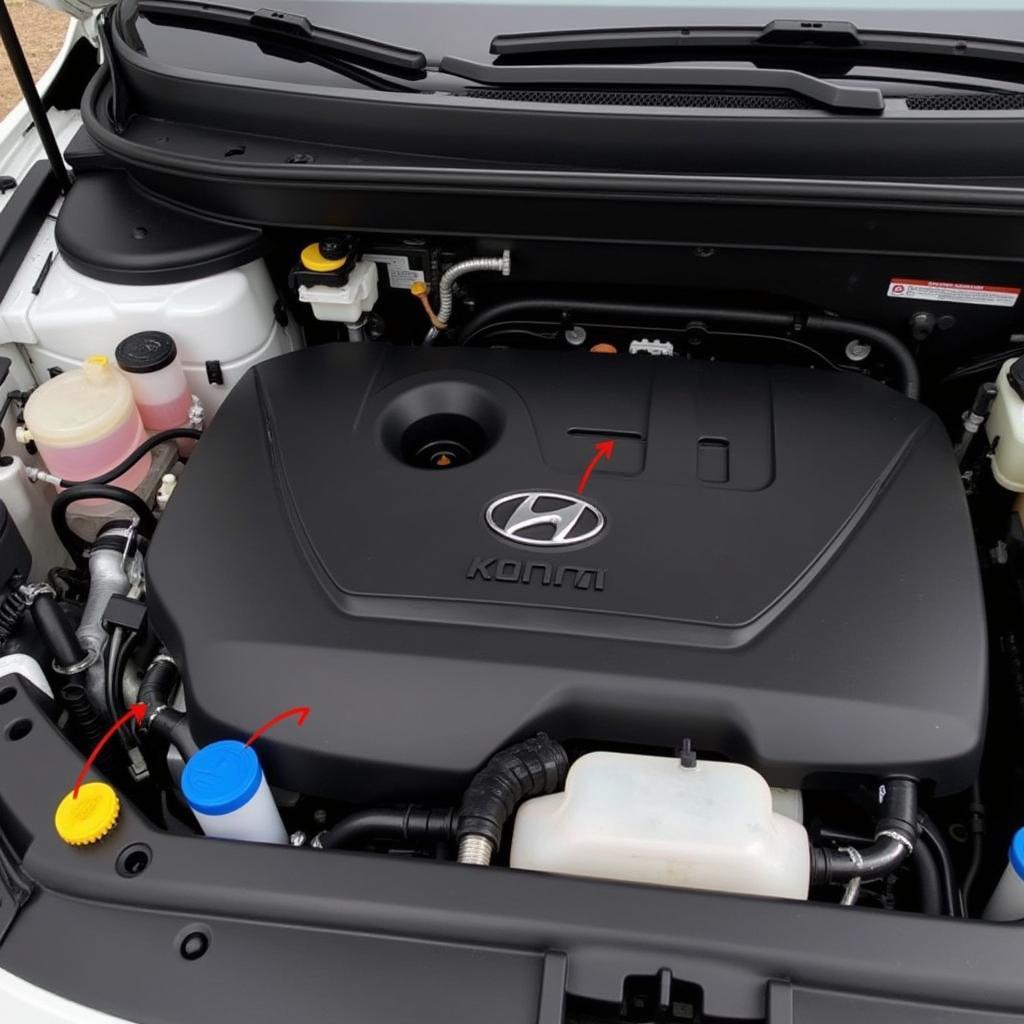 2018 Hyundai Kona Brake Fluid Reservoir Location and Check
2018 Hyundai Kona Brake Fluid Reservoir Location and Check
Diagnosing the Problem
Identifying the specific cause of the brake warning light requires a systematic approach.
- Check the Parking Brake: Ensure the parking brake is fully released.
- Inspect Brake Fluid Level: Locate the brake fluid reservoir under the hood and check the fluid level. If it’s low, top it off with the correct type of brake fluid specified in your owner’s manual.
- Check for Leaks: Inspect the brake lines and calipers for any signs of leakage. Leaking brake fluid appears as a dark, oily substance.
- Inspect Brake Pads: Visually inspect the brake pads through the wheel spokes. If they appear thin or worn, they likely need replacement.
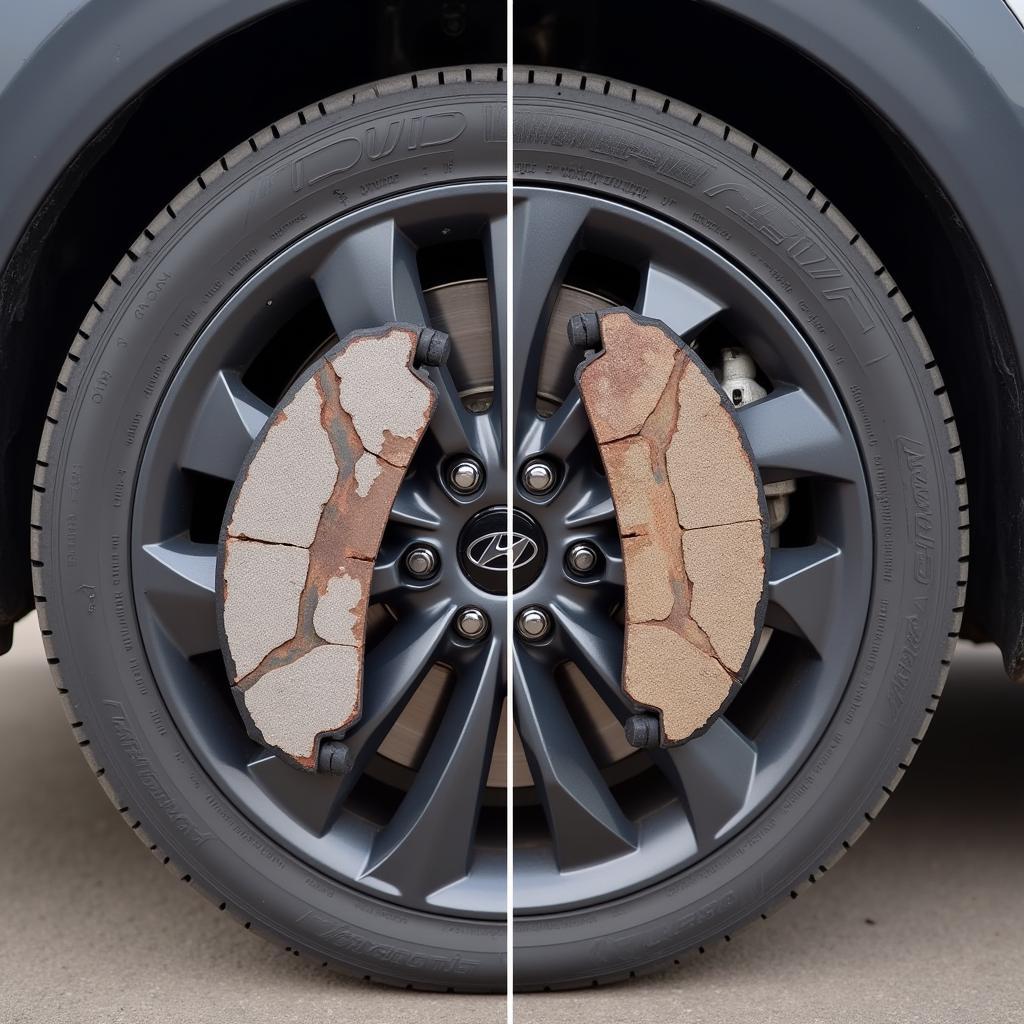 Worn Brake Pads on a 2018 Hyundai Kona
Worn Brake Pads on a 2018 Hyundai Kona
Using Diagnostic Tools for Advanced Troubleshooting
For more complex issues, such as ABS problems or faulty sensors, using a diagnostic scanner is recommended. These tools can read the error codes stored in the vehicle’s computer, pinpointing the exact location of the problem.
“A diagnostic scanner is an invaluable tool for accurately diagnosing brake system issues,” says automotive expert Michael Carter, ASE Certified Master Technician. “It can save you time and money by identifying the root cause quickly and efficiently.”
Solutions and Repairs
Once you’ve diagnosed the problem, you can take appropriate action. Simple fixes, like adding brake fluid or replacing worn brake pads, can often be done at home with basic tools. However, more complex issues involving the ABS or other electronic components require professional attention.
Remote Diagnostics and Software Solutions
In some cases, software glitches or programming errors can trigger the brake warning light. Remote diagnostics and software updates can address these issues without requiring a physical visit to a repair shop.
“Remote diagnostics is revolutionizing the automotive repair industry,” states automotive electronics specialist Dr. Sarah Chen. “It allows us to diagnose and fix software-related problems efficiently and conveniently, saving car owners valuable time and effort.”
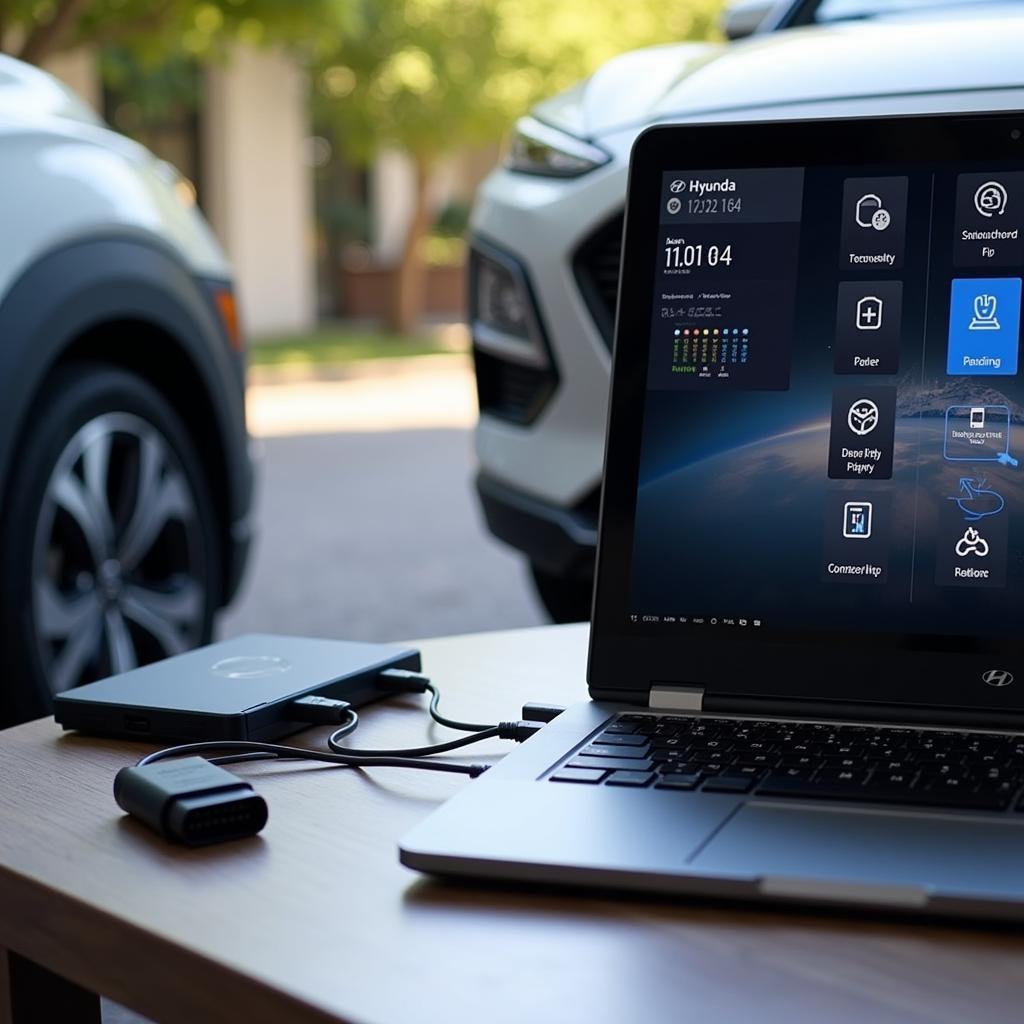 Remote Diagnostics for 2018 Hyundai Kona
Remote Diagnostics for 2018 Hyundai Kona
Conclusion
Addressing the 2018 Kona brake warning light promptly is essential for safety and preventing further damage. By understanding the potential causes and following the diagnostic steps outlined in this article, you can effectively resolve the issue and ensure the optimal performance of your braking system. Don’t delay – take action today to keep your Kona safe and reliable.
FAQ
- How often should I check my brake fluid level? It’s a good practice to check your brake fluid level at least once a month.
- Can I drive with the brake warning light on? It’s strongly advised against driving with the brake warning light illuminated. It indicates a potential problem that could compromise your safety.
- How much does it cost to replace brake pads? The cost varies depending on the type of brake pads and labor rates, but typically ranges from $100 to $300 per axle.
- What is ABS, and why is it important? ABS (Anti-lock Braking System) prevents wheel lockup during sudden braking, allowing you to maintain steering control.
- How can I find a qualified mechanic to fix my brakes? Look for ASE-certified mechanics specializing in brake repair. You can also check online reviews and ratings.
- Can I reset the brake warning light myself? While you can sometimes reset the light by addressing the underlying problem, it’s best to have a professional diagnose and fix the issue properly.
- What should I do if my brake pedal feels spongy? A spongy brake pedal can indicate air in the brake lines or other problems. Have your brakes inspected by a qualified mechanic immediately.

